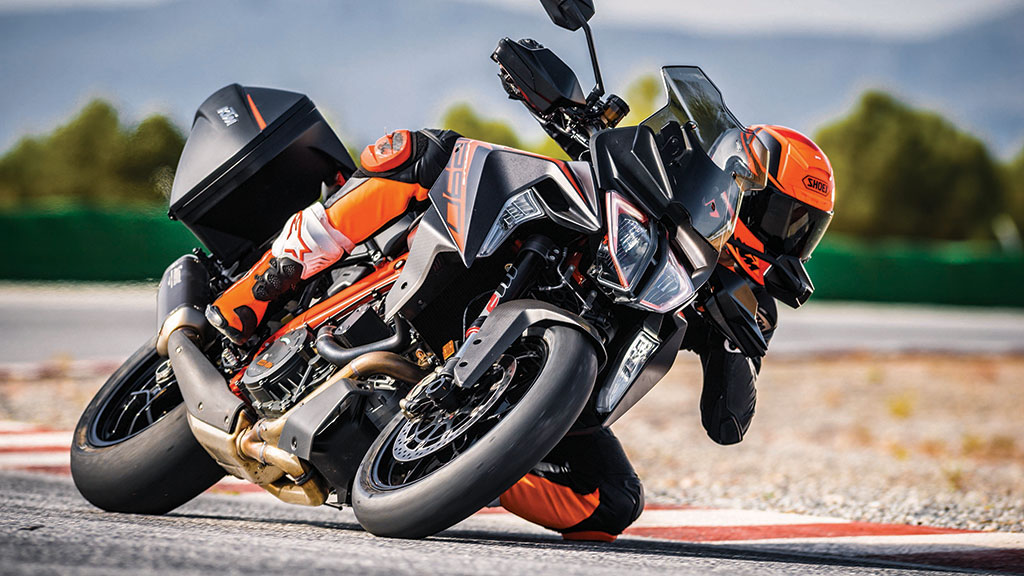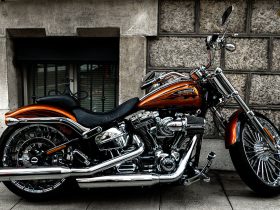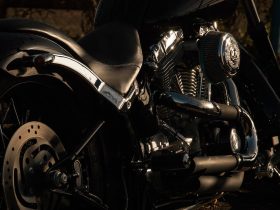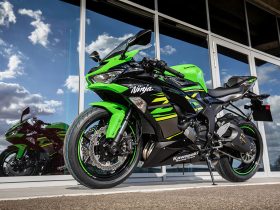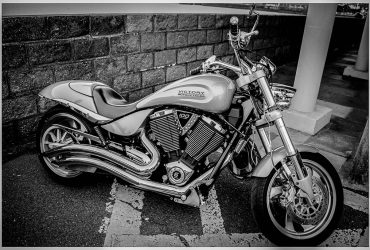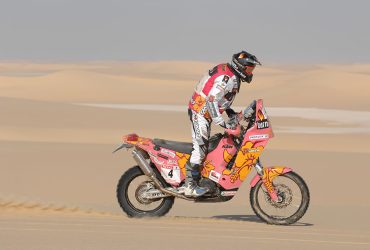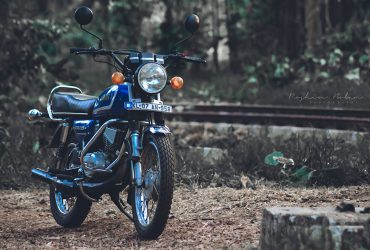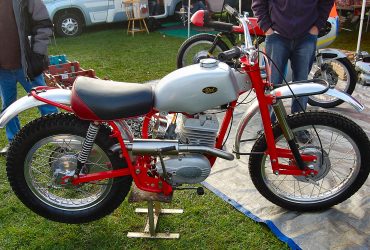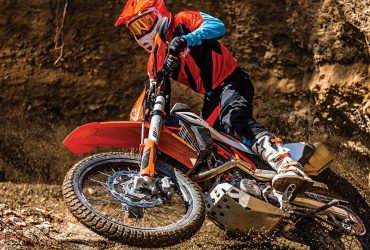
For a professional motorcycle racer, having the skills and finesse to corner like a pro is a must. Cornering is the art of negotiating turns on a motorcycle while maintaining accuracy and speed. Not only does it take a great deal of skill to master, but also a great amount of practice and experience to be successful. In professional motorcycle racing, the ability to corner is essential in order to be competitive.
The Basics of Cornering
The basics of cornering involve the natural inclinations of the motorcycle as it enters a turn. The riders must neutralize these inclinations by applying pressure to the handlebars to counter balance the bike’s weight. This is done in order to prevent the bike from sliding as it turns.
In addition to performing the fundamental motions, successful cornering requires the rider to be conscious of the physical and environmental conditions around them. Factors such as the width of the track, surface conditions, weather, and the rider’s own body position each have an effect on how well the turn can be negotiated.
Advanced Techniques
Once a rider has a basic understanding of how the motorcycle behaves on a corner, they can start to move on to advanced techniques. At this level, riders must learn to trust their reactions and choose the best line to take through the turn. This is known as visualizing the corner before it is encountered. It is also important for the rider to remain relaxed, and consistent so that they do not overcompensate.
One of the most advanced techniques of professional motorcycle racing is the use of apexing. This is when the rider uses the corner to their advantage, aiming to be on the inside of the curve. This way the rider is able to direct the motorcycle in a straight line through the turn and maintain control at all times.
Conclusion
Cornering is an essential skill that all professional motorcycle racers must develop in order to be successful. It requires an understanding of the basics as well as an ability to remain relaxed and confident when negotiating turns. With practice and dedication, cornering can become second-nature. By mastering the art of cornering, racers can become more competitive and take their performance to the next level.


